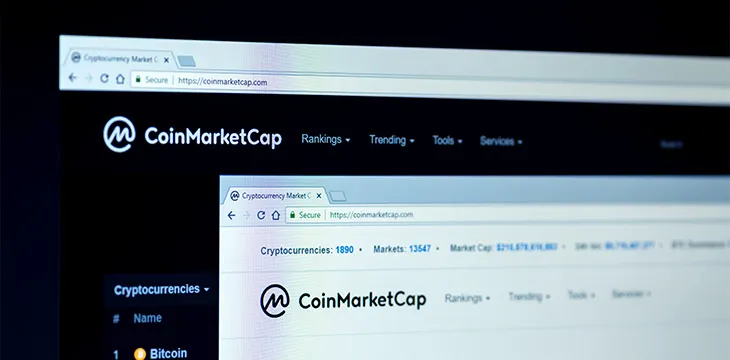|
Getting your Trinity Audio player ready...
|
When it comes to stopping illicit activity, law enforcement departments have an easy task assigning values of confiscated items and cash. Confiscate euros or yen, and there is an established conversion rate that can be used to determine the value in dollars, for example. However, seizing cryptocurrency assets is a different story, as there is no one standard on the conversion rate. Different exchanges provide different rates, although many are fairly closely aligned. To create a standardized form of value assignment to crypto, the U.S. Department of Justice (DOJ) is turning to a familiar source for its data. The DOJ’s Office of Inspector General acknowledges that CoinMarketCap is its go-to destination when it wants to know how much 20 BTC is worth in dollars.
According to a report (in pdf) just released by the OIG, “Audit of the Assets Forfeiture Fund and Seized Asset Deposit Fund Annual Financial Statements Fiscal Year 2019,” it describes forfeited property as that for which the title to the property has been passed to the government. When received, the estimated market value at that time is recorded, and then adjusted “at the time of disposal, or as need by AFP [Asset Forfeiture Program] management.”
To determine that value, a particular “valuation documentation” source is used – for vehicles, it can be the National Automobile Dealers Association or Kelley Blue Book, and for real estate, it is the established Broker’s Price Opinion. For financial instruments, the source is web-based valuation tools and financial markets, and, specifically for digital assets, CoinMarketCap.com.
In many cases, the valuation can be determined by other sources “in accordance with agency policy,” which means that CoinMarketCap may not be the only place where crypto values are gleaned. However, at least everyone knows that there is a marker used by the DOJ to consistently provide value to the assets it confiscates.
CoinMarketCap is already popular with a lot of crypto enthusiasts in order to gauge token values. The exchange has had some issues in the past with the way the data has been accurately portrayed, but has apparently cleaned up its act. This past August, it introduced new liquidity rankings as a way to, hopefully, better supply the real value and eradicate the entire valuation system of fake data.

 07-13-2025
07-13-2025 





